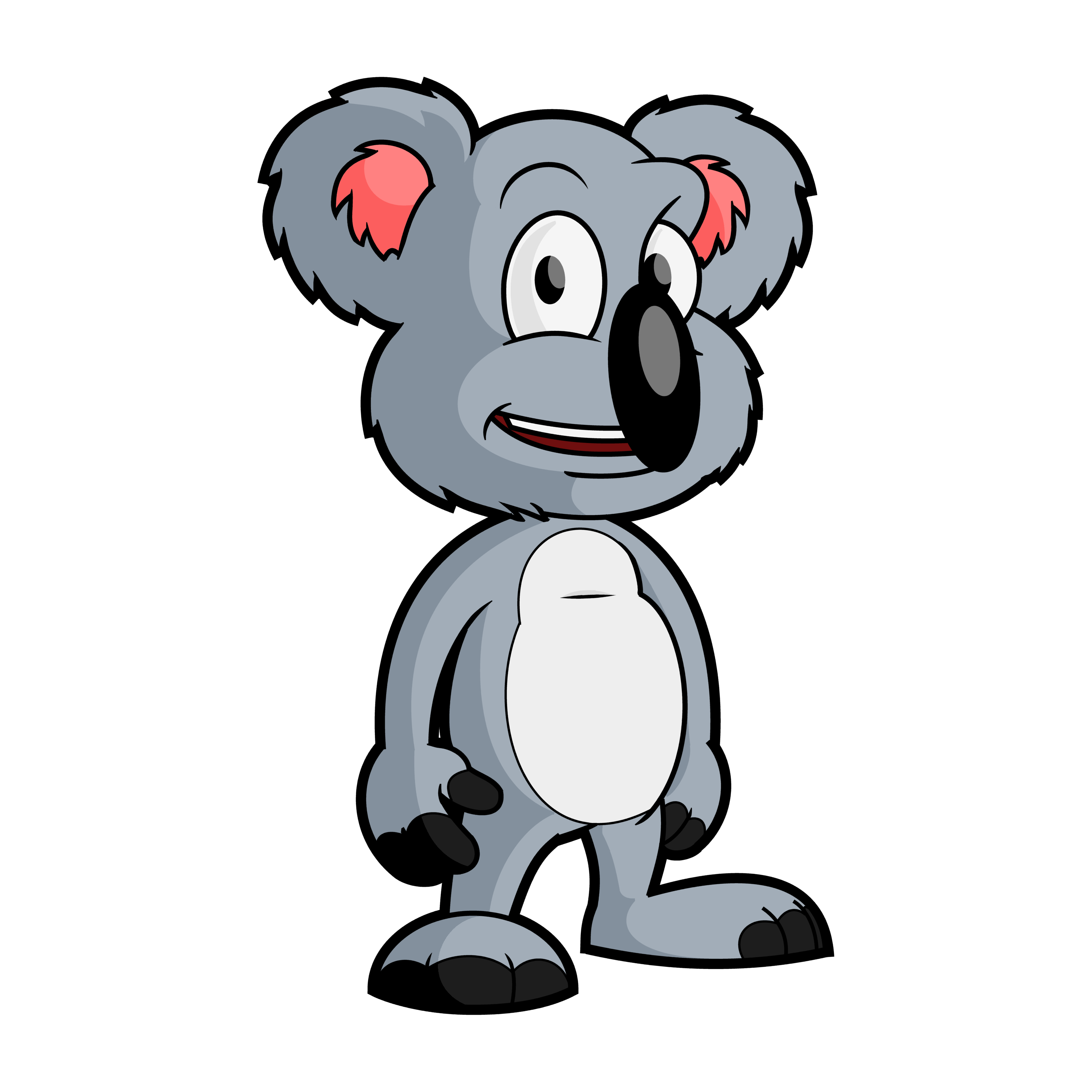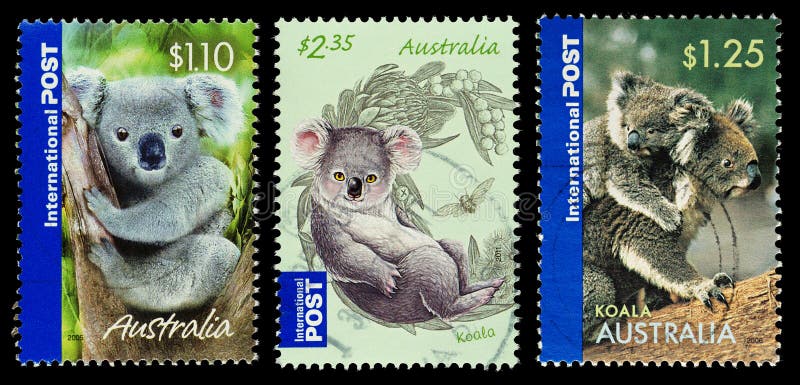

They are also very picky eaters, and will only eat certain species of eucalyptus. They have a slow metabolism, and can survive on a diet of just eucalyptus leaves. Koalas are herbivores, and they feed mainly on eucalyptus leaves. Koalas are mostly solitary animals, and they spend most of their time in the trees, sleeping, eating, and grooming. They have a strong, curved back and powerful legs, which they use to climb trees. They have a large head and big, round ears, and a long, pointed snout. Koalas have a stocky, bear-like body, with a thick, woolly coat of grey fur. It is a small, furry marsupial that lives in the eucalyptus forests of eastern and southern Australia. Koala fur is an extremely good insulator, rivalling Arctic mammal fur.The koala is an iconic Australian animal, and one of the most beloved zoo animals in the world.Victoria koalas are much larger and stockier than Queensland koalas, with shaggier, thicker fur, and fluffier ears. Whether there are different subspecies of koala is disputed due to genetics.Young koalas remain in the near vicinity of their mothers until they are about 2 years old, and then will roam farther afield. When it leaves at 6 months old, it will be fully weaned by 11-12 months, becoming independent from its mother at around 1 year old, or when the mother’s next joey is born. After birth, it climbs from its mother’s reproductive tract up her belly fur to her pouch, where it settles and exclusively feeds from the two teats therein for the next 5 to 6 months. This contributes to why larger males are more likely to successfully mate.Ī pregnant mother will give birth to one joey between 33 and 35 days after mating, but it is extremely underdeveloped, born in the embryonic stage. They will however be more likely to be able to fight off younger, smaller males. This often elicits a negative reaction from females they vocalize loudly and attempt to fight males off, but koalas' sexual dimorphism means females are often outmatched by larger males. When a male wants to mate with a female, he approaches her aggressively, usually using his superior size and strength to mount her. Males of all ages will both seek out females, but the younger males are likely to be chased off or prevented from approaching females by older, larger males. Males detect female receptivity by scenting their urine, also marking trees with their chest scent glands and urine, before bellowing when there are receptive females around. The ranges of both sexes will overlap, meaning they are likely to interact with one another. Male and female koalas both have home ranges the larger and more dominant of the males tend to have larger home ranges. Koalas are solitary animals, but their home ranges often overlap and they will tolerate nearby koalas. As a result, populations are being researched and sick koalas are being treated and rehabilitated where possible, while there are groups dedicated to replanting eucalyptus trees for them to feed on. Additionally, disease is a significant problem, with at least 40% to 52% of the population being infected with chlamydia, which causes koalas to go blind and become infertile. Deforestation of the eucalyptus forest in which they live has caused a reduction in their numbers, and their habitat has also been fragmented by land use changes. The species is vulnerable – threatened by natural hazards such as drought, predation and bushfires – but their situation has been further compounded by human activity. Both sexes feed almost exclusively on eucalyptus leaves.


They are a sexually dimorphic species, meaning the males are significantly bigger than the females Queensland koalas are between 60 to 75cm long, with males weighing between 4.2 and 9.1kg, and females weighing 4.1 to 7.3kg. They have grey to brown fur, stocky limbs with dexterous claws, rounded fluffy ears, and a face with a bulbous black nose. The Queensland koala bear (or Phascolarctos cinereus) is an arboreal marsupial that lives in the eucalyptus forests of Eastern Australia. Population in the Wild: 80,000 (before 2019 fire season) The Koala ( Phascolarctos cinereus) is a small Australian marsupial featured in the Australia Pack DLC for Planet Zoo.


 0 kommentar(er)
0 kommentar(er)
